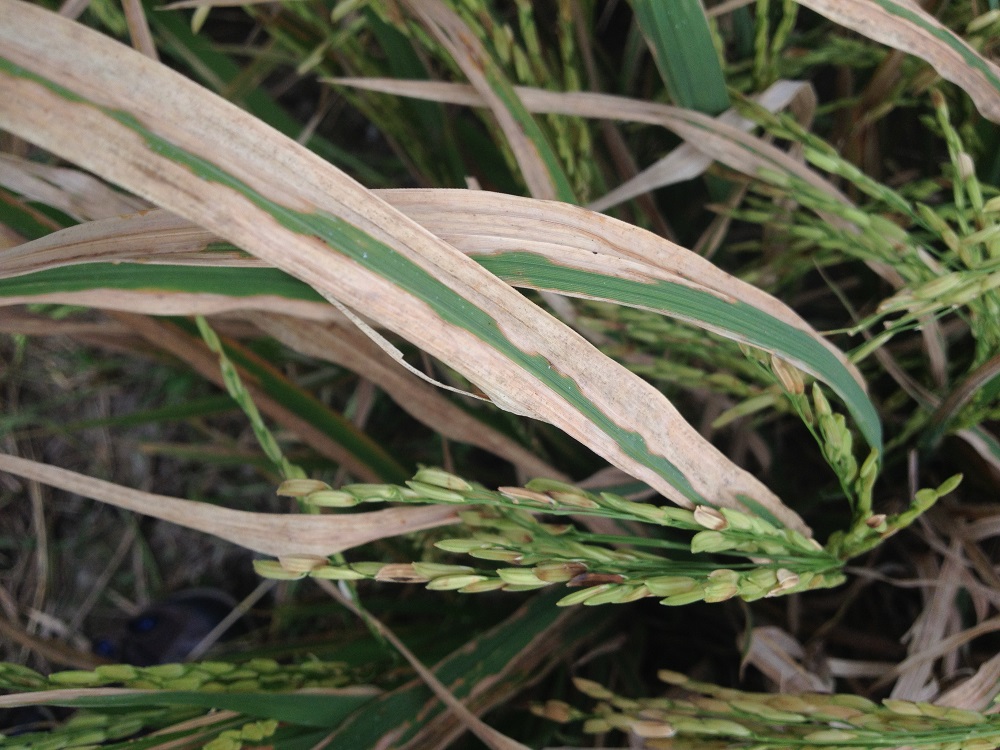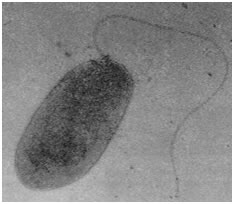
Healthline has strict sourcing guidelines and relies on peer-reviewed studies, academic research institutions, and medical associations. If that doesn’t work, you may need to take other medications. In most cases, only one round of antibiotics is needed to clear the infection.


Treatment may vary depending on your medical history and if you have allergies to certain medications.Īfter treatment, you may need a follow-up test for H. proton-pump inhibitors, like lansoprazole (Prevacid), esomeprazole (Nexium), pantoprazole (Protonix), or rabeprazole (AcipHex).Some of the drugs that are used to treat an H. This treatment is sometimes referred to as triple therapy. pylori infection typically involves a combination of antibiotics and a proton-pump inhibitor (a drug that reduces your stomach acid) for up to 14 days. Treatment can cure an ulcer, and it may reduce your risk of developing stomach cancer.
#A historical review of bacterial blight of rice. professional#
If you have close relatives with stomach cancer or a problem like a stomach or duodenal ulcer, a healthcare professional may recommend treating an H. Stomach cancer, along with duodenal and stomach ulcers, is associated with H. pylori infection that isn’t causing you any problems and you aren’t at increased risk of stomach cancer, treatment may not offer any benefits. The test may also involve removing a small tissue sample (biopsy) to be analyzed after the procedure. It allows a healthcare professional to look at your esophagus, stomach lining, and a portion of your small intestine.ĭuring the procedure, a healthcare professional will insert a long, thin tube called an endoscope into your mouth and down into your stomach and duodenum.Īn attached camera will send back images on a monitor for a healthcare professional to see. pylori.Ī healthcare professional may recommend getting an endoscopy if the results of the other tests are inconclusive. A healthcare professional can then compare the two samples to see if you may have H. In between providing breath samples, you’ll consume a pill or liquid with a harmless radioactive material. The test involves breathing into a collection bag twice.

“Helico” means spiral, which refers to the shape of the bacteria. The “H” in the name is short for Helicobacter. pylori is adapted to live in the harsh, acidic environment of the stomach. pylori infections are usually harmless, but they’re responsible for most ulcers in the stomach and small intestine.

pylori infection, according to a meta-analysis from 2018. Around 44 percent of people worldwide have an H. pylori is a common type of bacteria that grows in the digestive tract and tends to attack the stomach lining. Untreated, an H.pylori infection can lead to complications. pylori is a bacteria that can damage the stomach’s protective lining.


 0 kommentar(er)
0 kommentar(er)
